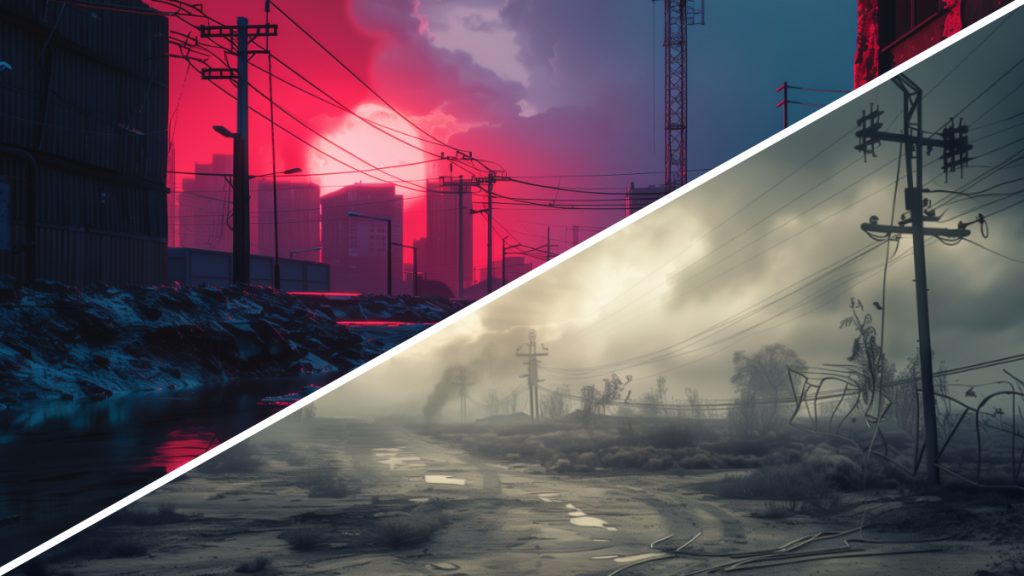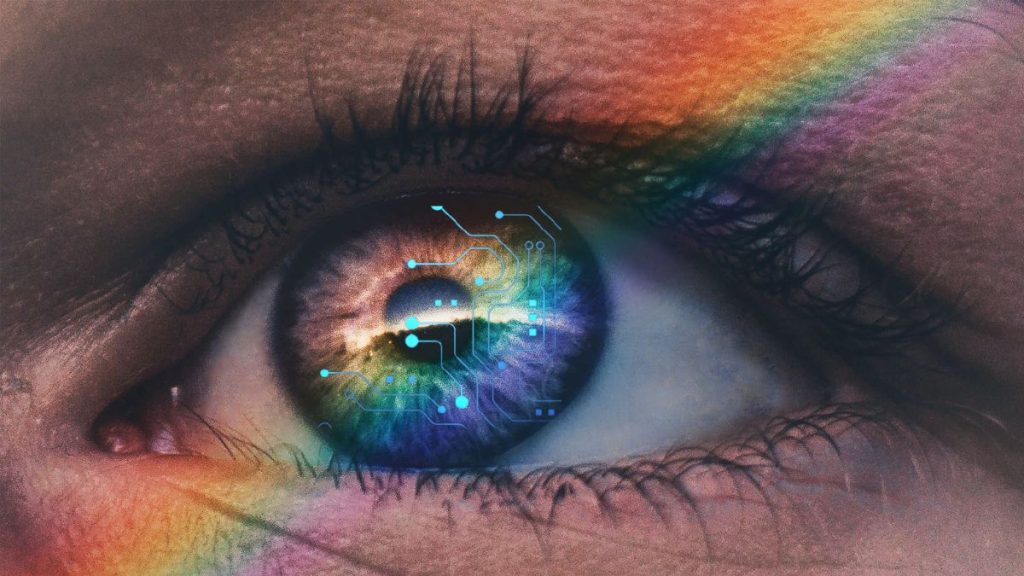When you hear the genre ‘dystopian fiction’ I am sure many things come to mind. Societal collapse, oppressive government control, suffering, and lack of food for the general population. But what makes up a dystopian fiction novel?
Dystopian fiction is a specific genre of fiction that explores a world where the façade of a perfect society masks deep-seated flaws and oppression. These stories often unfold in settings where you have an all-powerful government or an elite group that acts as a reigning sovereign, and they exert extreme control over every aspect of life- resulting in widespread suffering and a significant loss of personal freedom.
Rather than presenting an ideal world, these novels reveal a harsh reality characterized by injustice, dehumanization, and, usually, societal collapse. Central to these narratives are characters who resist and challenge the system, fighting to restore their rights and reclaim their sense of humanity.
What Are The Elements Of Dystopian Fiction?

RelatedThis Is The Key Difference Between Dystopian and Post-Apocalyptic Literature
So with that being our definition of a dystopian fiction novel – let’s dig into what makes up that genre.
Below I have listed out the key components of dystopian fiction. Similar to the tropes we see in these novels, all of these elements together is what drives the novel and shapes the characters. These help establish the plot, and story, and help to create a world that is oppressed, grey, and worn down.
- Oppressive Government or Regime: A central feature of dystopian fiction is a totalitarian or authoritarian government that exerts control over every aspect of life, often using fear, propaganda, and surveillance to maintain its power.
- Loss of Individual Freedom: Characters typically face severe restrictions on their personal freedom, autonomy, and privacy. The state often controls or monitors their thoughts, actions, and behaviors.
- Social Stratification: There is usually a significant division between different classes or groups within society. The elite or ruling class often live in luxury, while the lower classes suffer from deprivation and inequality.
- Surveillance and Control: The society often employs extensive surveillance systems to monitor and control the population, creating an environment where privacy is virtually nonexistent.

- Dehumanization: Individuals in dystopian settings are often dehumanized by the system, reducing them to mere cogs in a machine. This can be reflected in the way they are treated or how they perceive themselves. Creating a very effective but labor-intensive society that is not reaping the benefits of their own work.
- Propaganda and Manipulation: The ruling regime frequently uses propaganda to manipulate and control the populace, spreading misinformation or rewriting history to maintain its power. Recently we can see themes portraying to our everyday life that point out just how easily we can be manipulated by certain types of propaganda.
- Rebellion or Resistance: Many dystopian stories feature characters or groups who resist the oppressive system, struggling to fight against the injustices and reclaim their freedom or humanity. The rebels or resistance will usually have key points that we could translate into our world and use to help us navigate our political systems.

- Environmental or Societal Collapse: The dystopian setting may include environmental degradation, resource scarcity, or other forms of societal collapse that contribute to the bleakness of the world. This world-building has become more and more popular as we ourselves find that we are slowly getting our world to a bleak state to live in.
- Pessimistic Tone: The overall tone of dystopian fiction is often dark and pessimistic, highlighting the negative consequences of human behavior or societal flaws. The moments of hope and optimism are few and far between and any hope or happiness is generally squashed by the oppressive governing factor.
- Exploration of Themes: Dystopian fiction frequently explores themes like the loss of individuality, the nature of freedom and oppression, and the impact of technology and surveillance on society. Usually with a combination of themes, the authors will pull from each theme to help shape the world they are creating and the driving forces for their characters.
RelatedWhy Does The World Love Dystopian Fiction: A Discussion
What These Elements Mean For The Genre?

And there you have it, dystopian novels captivate us because they hold up a dark mirror to our own world. By exploring key elements like oppressive government control, societal collapse, and the fight for personal freedom, these stories let us grapple with real-life issues in a way that’s both intense and thought-provoking.
As we dive into these grim futures, we’re not just escaping reality, we’re getting a stark look at what might go wrong and what we might do to make things right. These books push us to question our own society and imagine a better, more just world, making them as relevant and compelling as ever. From George Orwell’s “1984” to “The Last Emperox” by John Scalzi, these novels have parallel key elements that are as relevant then, as they are now.















